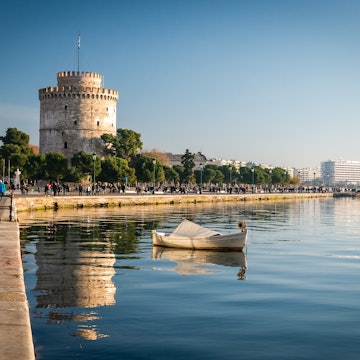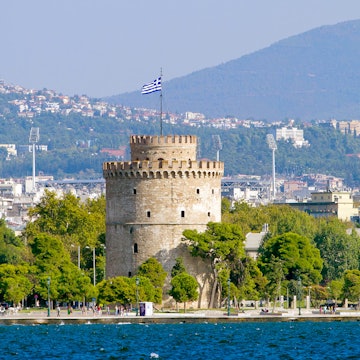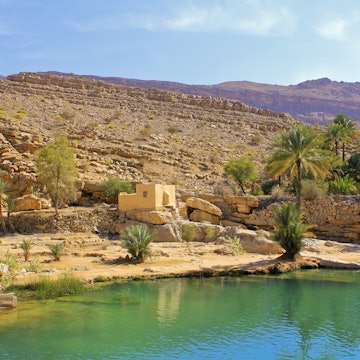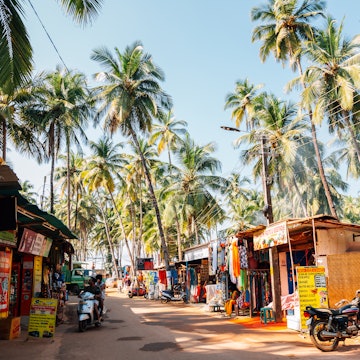
How Dalgona coffee became the internet's favorite quarantine drink

May 1, 2020 • 3 min read
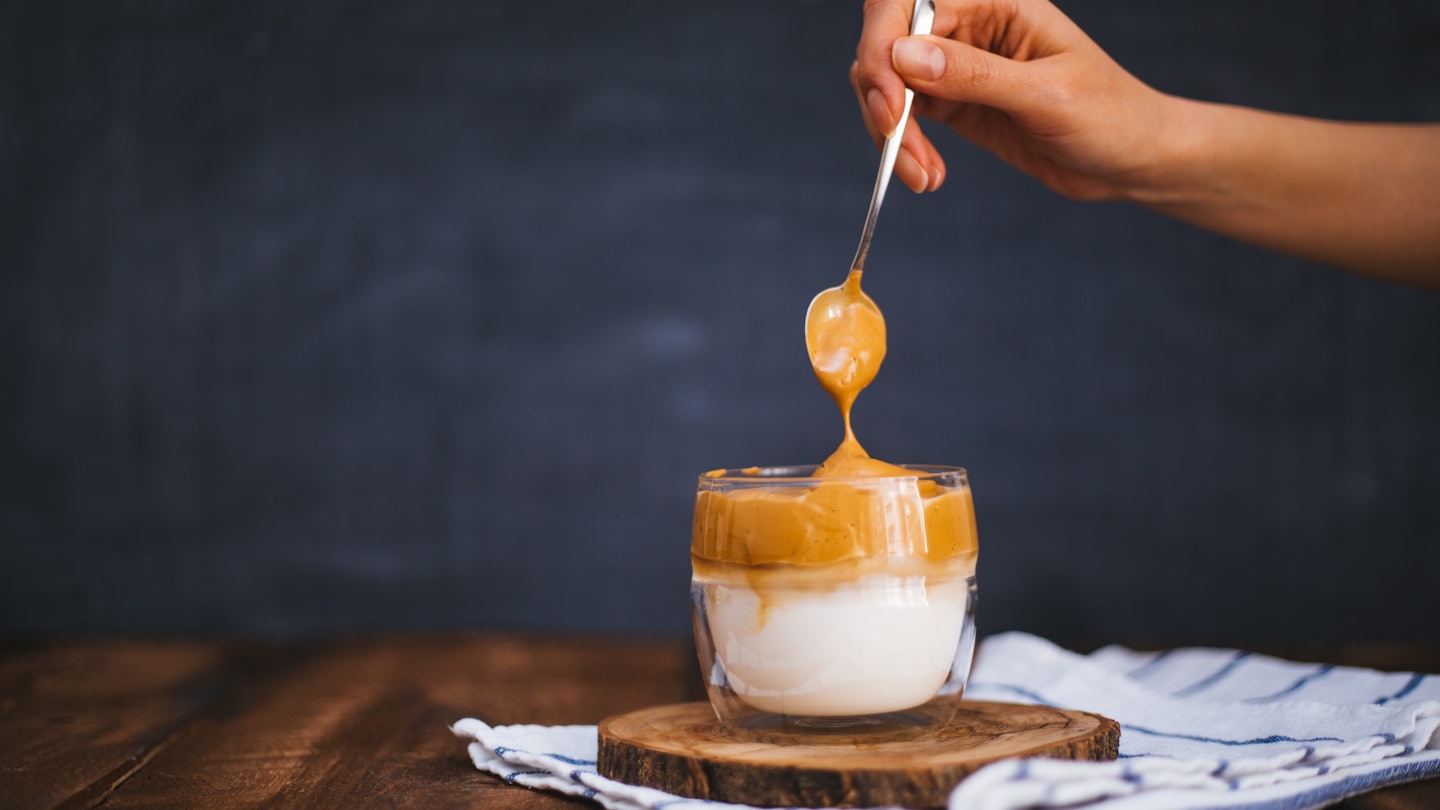
© agrobacter/Getty Images
If you’ve looked at social media at any point during the past few months, you’ve likely scrolled past a picture of dalgona coffee, a white and tan beverage with a milky base, topped with a mixture of instant coffee, sugar, and water that’s been whisked into thick and creamy oblivion. Whipped or beaten coffee is a standard beverage in many cultures – in Greece, it’s called a frappé; in India and Pakistan, phenti hui or phitti hui coffee – but much like bread-baking and bean-making, it’s become a quarantine classic, seemingly overnight.
The sweet caffeinated drink began its ascent to internet fame in January, when actor Jung Il-woo visited a café in Macau known for its blended coffee and captured the moment for his TV show, Stars’ Top Recipe at Fun-Staurant. He mentioned that the flavor was similar to that of South Korea’s dalgona candy, a burnt-sugar toffee-like confection commonly sold as a street snack, and when the YouTube clip took off, the name stuck.
TikTokers soon picked up the concept, and the drink became a bonafide sensation. Today, some ASMR-style how-to videos have garnered tens of millions of views, and the #dalgonacoffee hashtags on Twitter, Instagram, and TikTok remain incredibly popular. While the original recipe continues to draw the most attention, some users have started swapping in ingredients like matcha, which makes for a striking substitution.

This isn’t the concoction’s first brush with fame. In the early aughts, the Macau café’s blended coffee drink – a mixture stirred no fewer than 400 times – earned the praise of Hong Kong-born actor Chow Yun-Fat, which sparked local and international interest for a number of years. Hon Kee Café owner Leong Kam Hon told CNN in 2013 that he learned his method from “a foreign couple” who used to stop in during their annual pilgrimage for the Grand Prix, though he resisted the effort it required until the action star was involved.
“The last time they were here, they came to me and tried to teach me how to make a coffee, [but] it was so troublesome,” he said. "I used to just boil a whole pot of coffee. I didn’t give them much thought and continued to boil my coffee my own way until the day Chow Yun-Fat came to visit the cafe."
Jung’s visit earlier this year ignited the public interest in similar fashion, but even he was surprised by the enthusiastic response the drink received. “I never expected dalgona coffee to get this popular,” he told the New York Times in mid-April. “It takes time and patience, but it’s certainly rewarding.”
The photogenic beverage seems custom-made for the social media era, and its use of simple ingredients – equal parts water, instant coffee, and sugar stirred to a creamy froth and poured over hot or cold milk – and basic equipment – a hand whisk or a mixer – has struck a chord. During a time when quarantines and lockdowns have pushed people to rediscover their home kitchens, simple, inexpensive luxuries are particularly appealing.
"Everyone is trying to get their specialty coffee fix without having to leave the house,” one dalgona convert told Vice. “Yes, there’s Starbucks and there’s small coffee shops that are still open, but since everyone’s at home, might as well make it from home.”
From Prohibition-born cocktails to wartime shortages that brought uncommon foodstuffs to the table, it’s not unusual for crises to spur change in the culinary landscape. “Upheavals impact so many patterns in our daily lives,” historian Ashley Rose Young recently told the Atlantic. “One of the first sectors of our lives that is hit can be food culture … It’s something that we do every day: procure food, consume food.”
We may not be facing the food scarcity of days gone by, but with anxieties running high and the future uncertain, many people are turning to the kitchen to cope. For travelers in particular, international recipes can be a way to feel more connected to the world at large: they don’t quite scratch that wanderlust itch, but they are transporting, if only temporarily.








